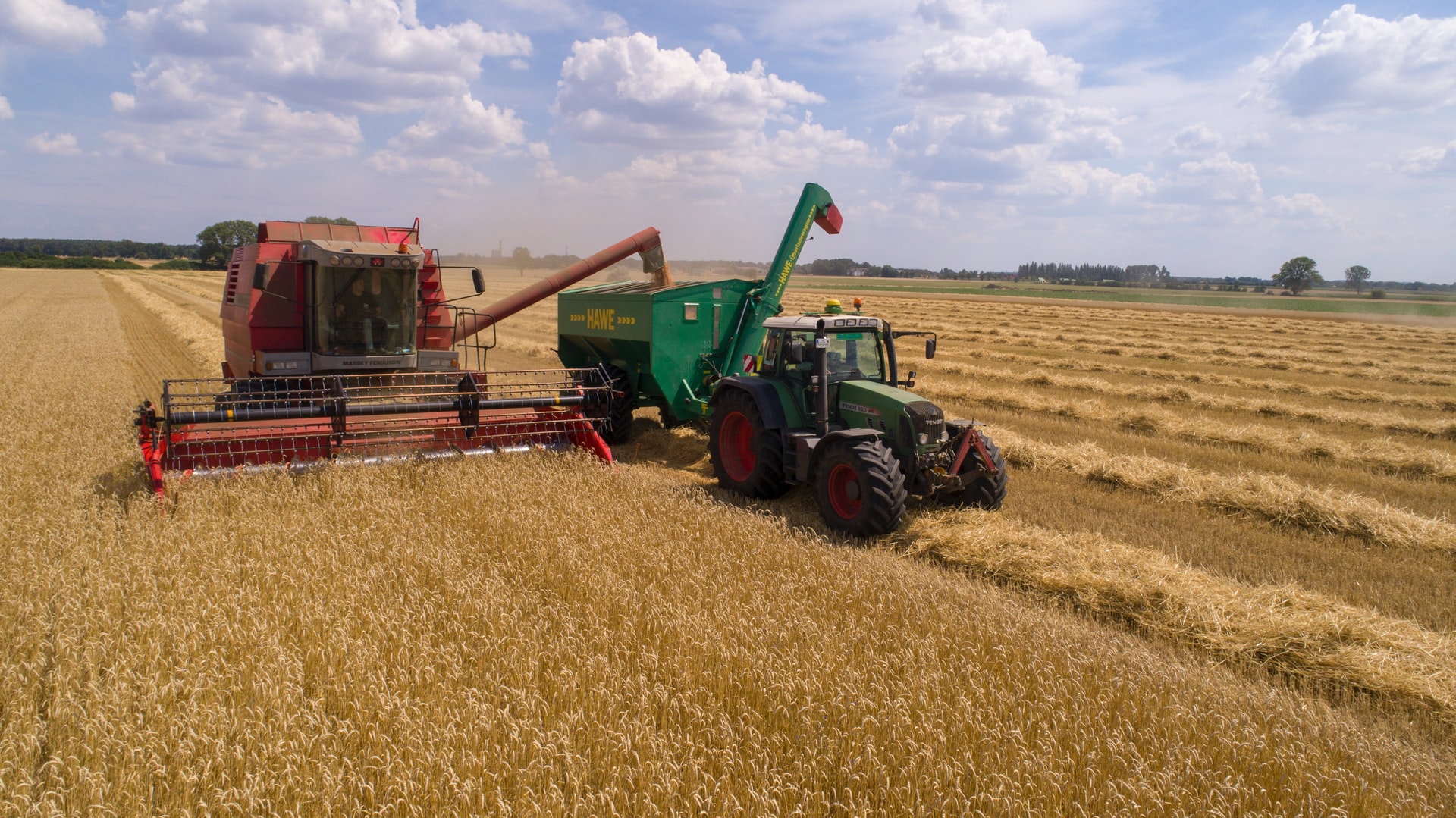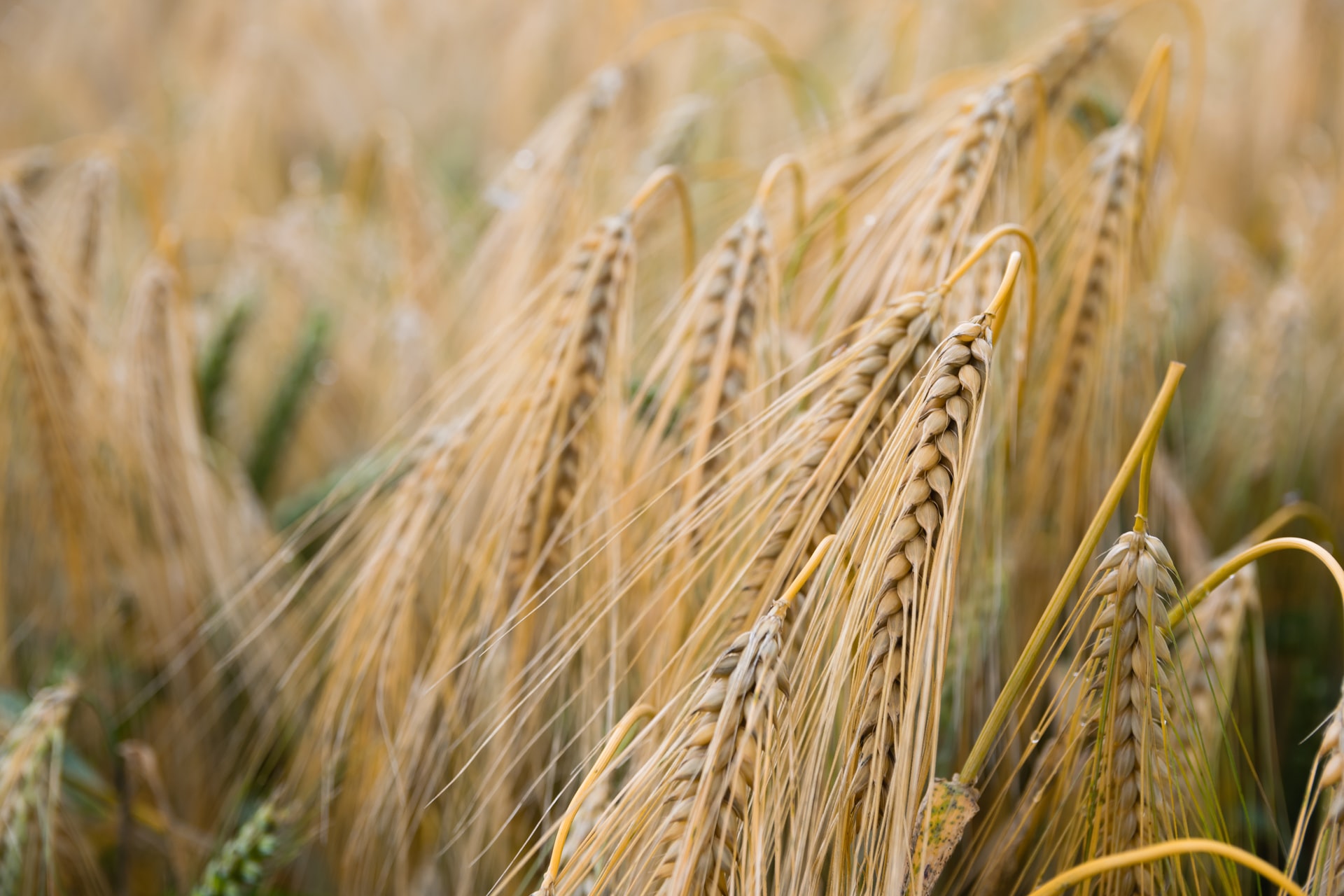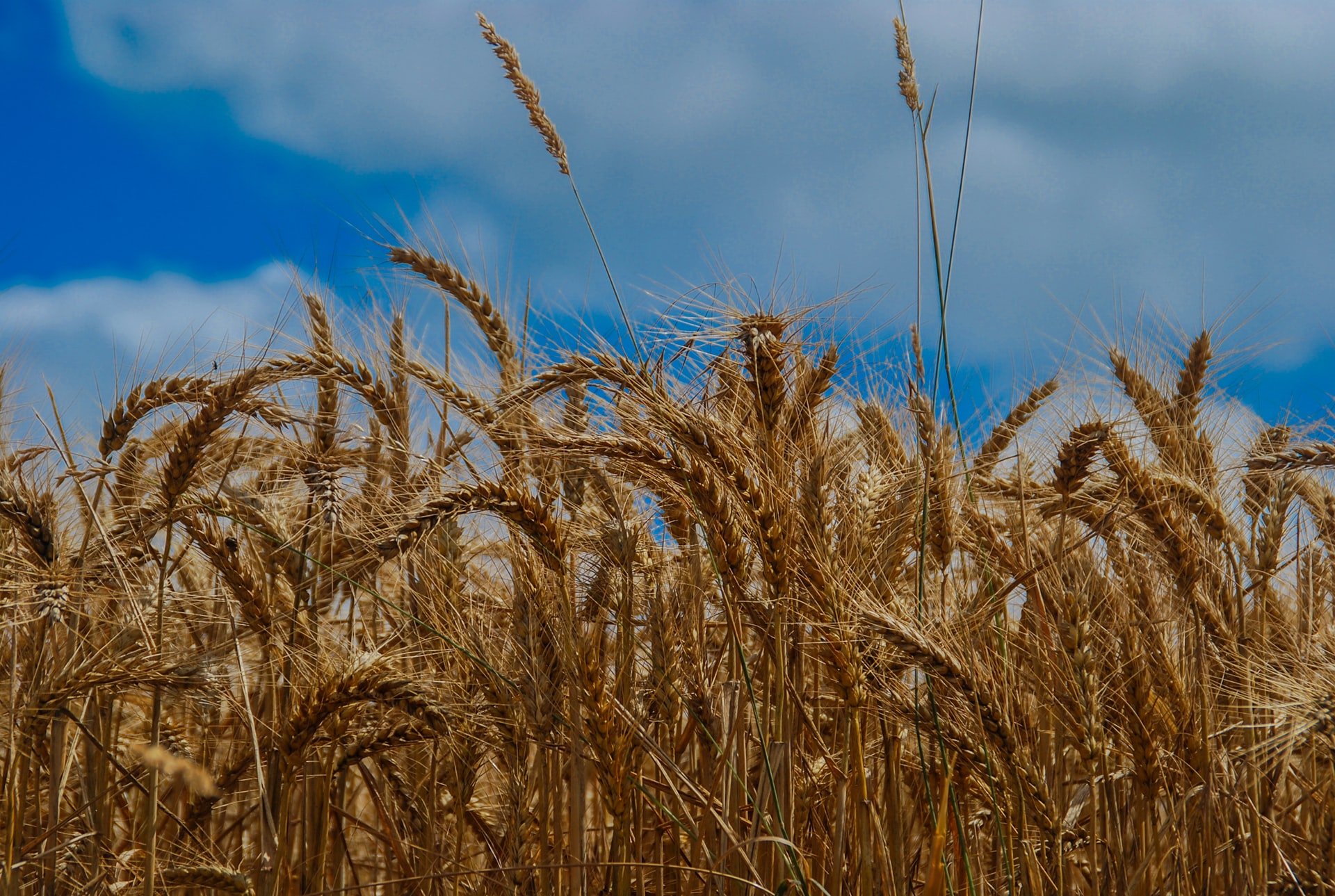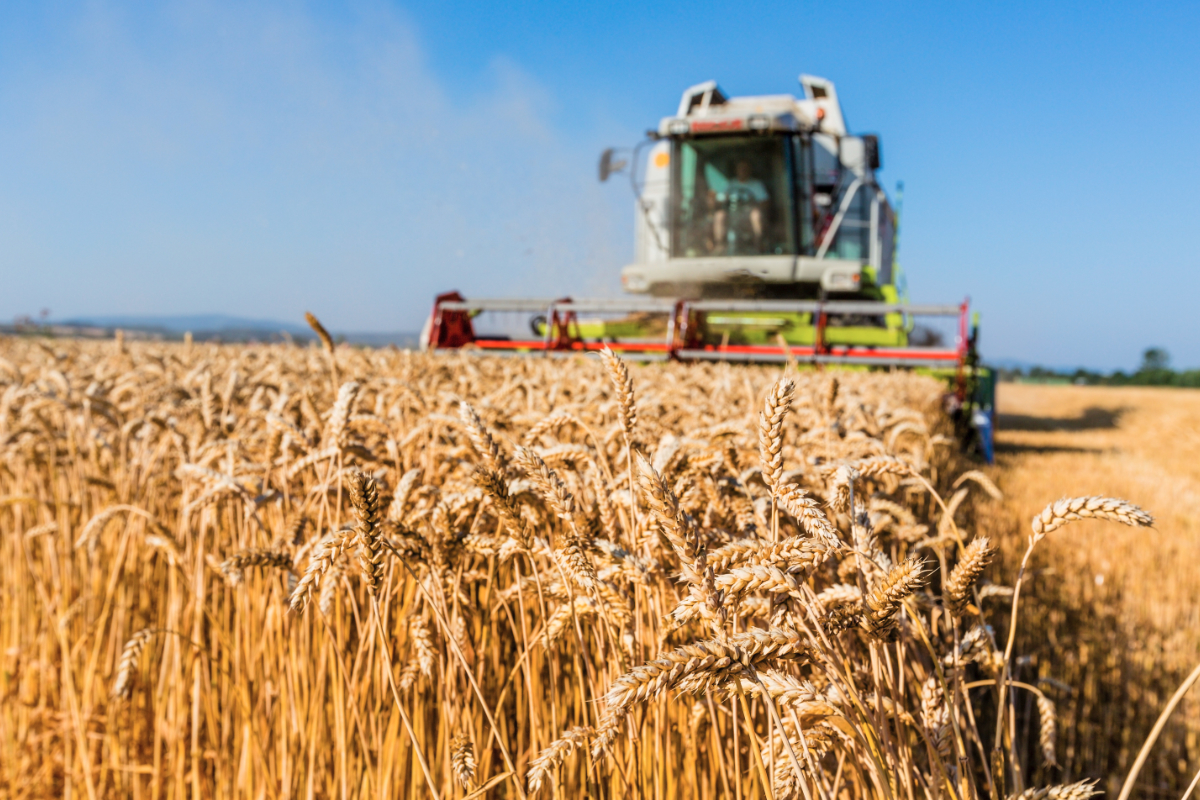Malt market brewing
By James Urquhart
In grain market wires it has been wheat and canola that have been hogging the headlines of late, however barley markets are also starting to attract some attention providing good news for growers of Australia’s second largest winter crop. To a large degree the gains in barley have been made on the coat tails of wheat however there has been some barley specific inputs that are starting to reflect in what growers are seeing on offer from the market.
Due to the extended drought in Canada and harvest rains and associated quality issues in the key malt growing regions of France and Germany we have started to see new-crop malt spreads coming to life. Both Canada and the EU region have been replacing Australian malt barley exports into China, but with Canada’s supply not expected to extend beyond their own domestic demand and half of the EU crop anticipated to have some sort of weather related quality issue, the global malt market is beginning to detach itself from the feed barley market.
Furthermore, with Europe opening up post-COVID restrictions maltsters there are drawing down heavily on supplies and with minimal stocks in the pipeline are looking to secure malt for 2022. In stark contrast to that, with the ongoing social restrictions here in Australia and the broader Oceania/Asian region, maltsters are experiencing an unseasonal slow-down, putting pressure on malt storages. Once vaccination rates reach the required levels and restrictions are eased, we should expect to see a bounce in demand from South East Asia.
In recent seasons malt premiums have virtually been non-existent and rather than risk any sort of yield drag or agronomic drawback by specifically targeting malt quality growers have been incentivised to produce bulk feed barley. With the market signalling a renewed appetite for malting quality, many growers will potentially reconsider their harvest plans, including decisions about whether they forgo the opportunity to make malt by spray topping barley, and where they store the harvested grain. Good harvest malt prices could potentially see increased volumes of barley delivered into the bulk handling system to more easily extract those premiums, however opportunities certainly exist for those who prefer to store at home.
ISCC sustainability certification is also an important harvest consideration to ensure growers are able to extract the best available price for their malt. Whether we like it or not, global supply chains across all consumable commodities are moving in this direction and ISCC provides a creditable, independent and internationally recognised certificate, ensuring market access to beer manufacturers across the globe.
The national barley crop is shaping up to be a big one, and despite a reduction in hectares, at 13-14mmt this year’s crop quite possibly exceeds last year’s 12-13mmt. With quality unknown and very little grower engagement, it would be unlikely to see the premiums currently on offer erode ahead of harvest. However, with a crop of this size, the future of local malt premiums depends a lot on how much makes the grade.
"Marge, the rains are 'ere - again?!"

Australian grain and oilseed producers continue to have one eye on the weather map, the other on the bidsheets, as prices that were considered “aspirational” only a few short weeks ago are being achieved just as the bureau adds some welcome colour to the forecast for much of the East Coast.
Read MoreAustralian grains set to rule the world

As the weather season starts to come to a close for the Northern Hemisphere production and the news of the Canadian canola seed production issues well digested by the market, what is next for the canola seed market and what does that mean for New South Wales new crop pricing?
Read MoreThe Northern Hemisphere production hiccups continue

It seems the age-old saying, 'one man's misfortune is another man's opportunity' is playing out in Australia this season...
Read MoreHarvest is coming

It's been a couple of months of proper winter with cold, wet and windy weather and hasn't it been delightful...
Read MoreAustralian grain market outlook

With July almost in the books and weather continuing to be cold, rainy and windy across most of the cropping regions of Australia, conditions couldn't be better as we approach spring...
Read MoreMother nature- The driver of markets

Mother nature tends to be a complicated and unpredictable force where quite often someone's misfortune turns into another's good fortune.
Read MoreHere comes the grain

With welcome rain across the month of June the majority of Australia's cropping regions are shaping up to have an average to well above average production year for 2021/22.
Read MoreWeather driven rally for grain prices

As we see off the month of June and for most people, the end of sowing, the BOM reports that last month produced above average to very much above average rainfall for a large part of the New South Wales cropping belt. Undoubtedly there are some that would appreciate a top up, however the general consensus is that a few days of dry weather would be a welcome break.
Read MoreGenerous June Delivers Potential

The month of June has been generous with its rainfall adding valuable moisture to the coffers of the New South Wales broadacre farmer. For some, the rain has been welcomed as a fair dinkum season opener, whilst for others it has consolidated what has already been a very good start to the 2020/21 growing season.
Read More